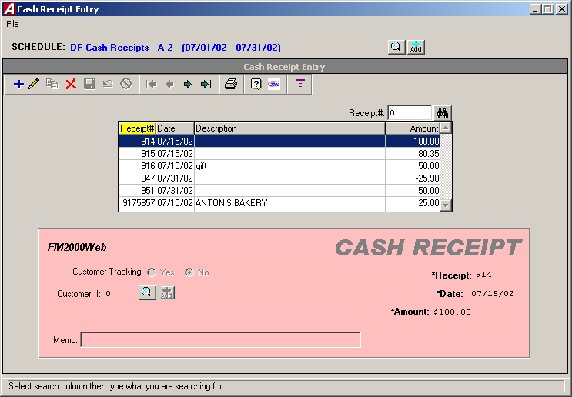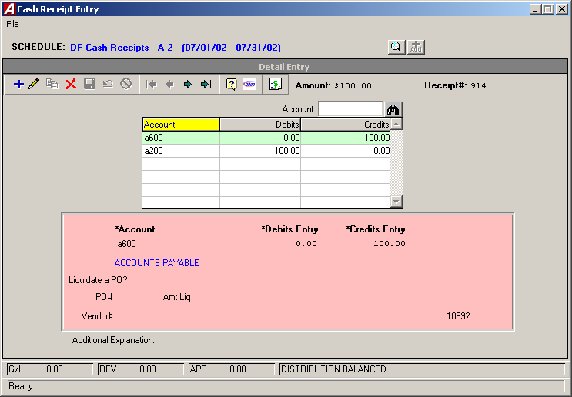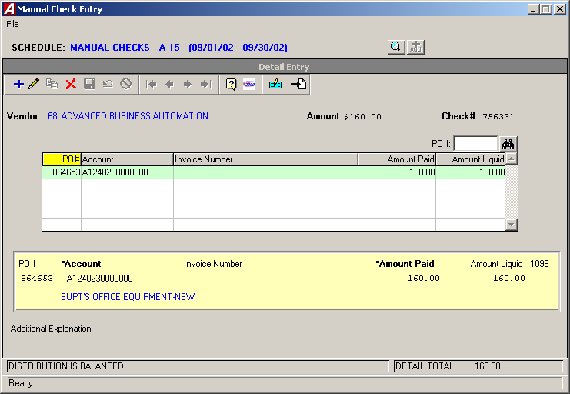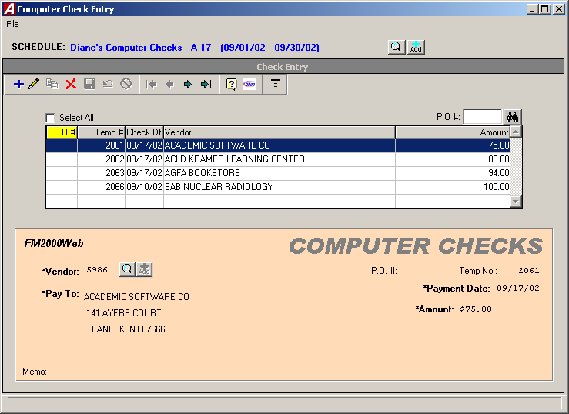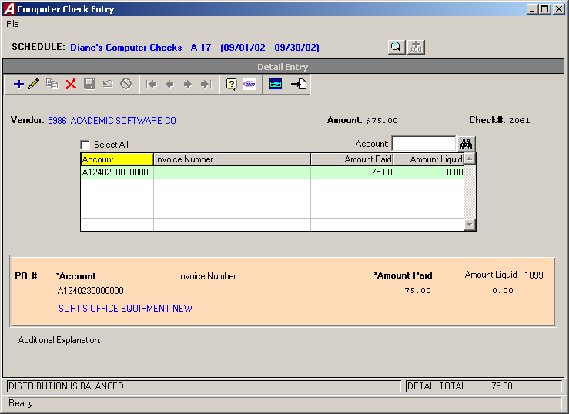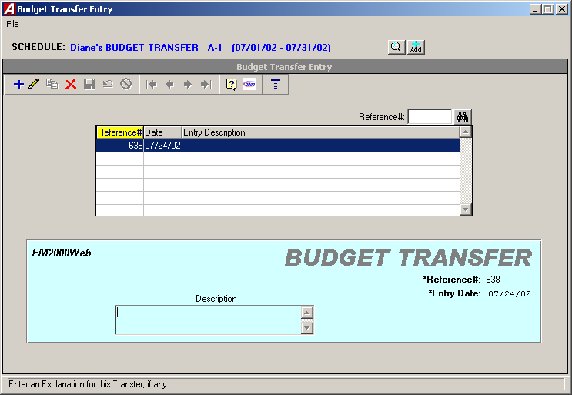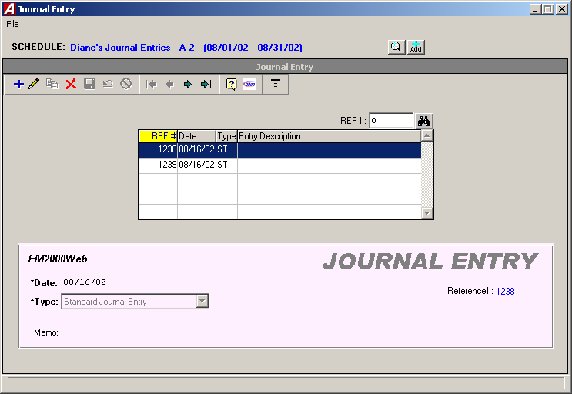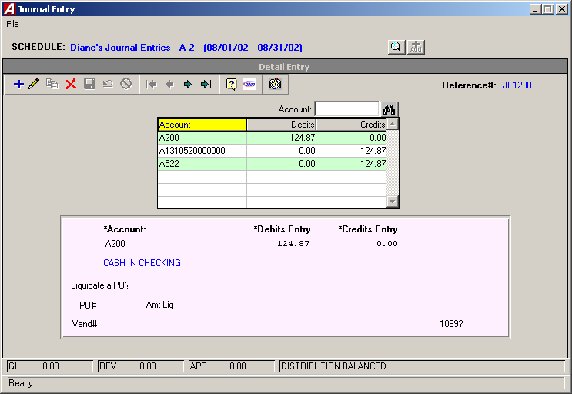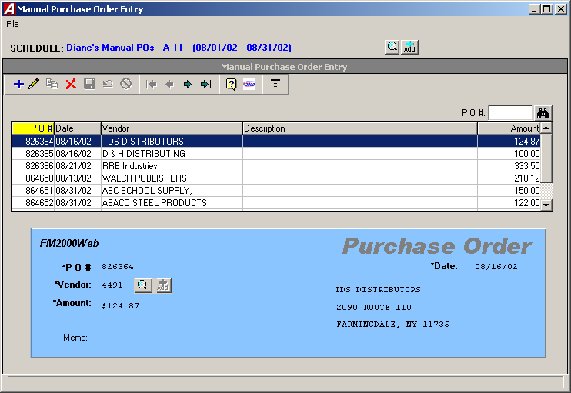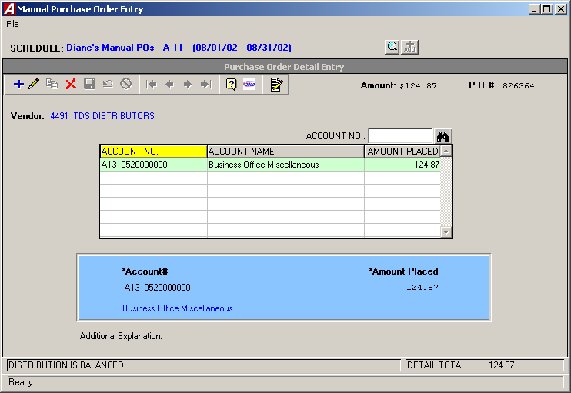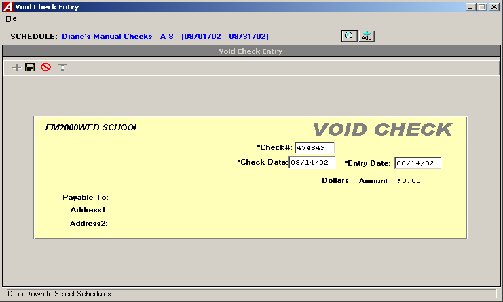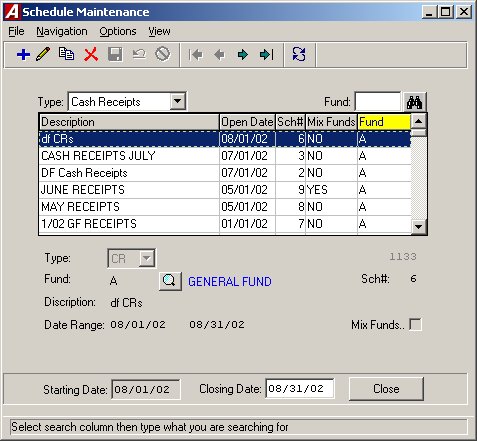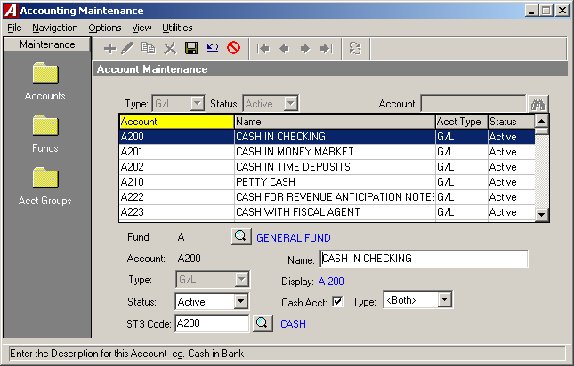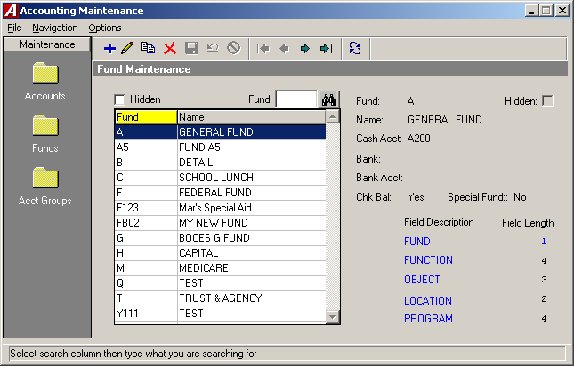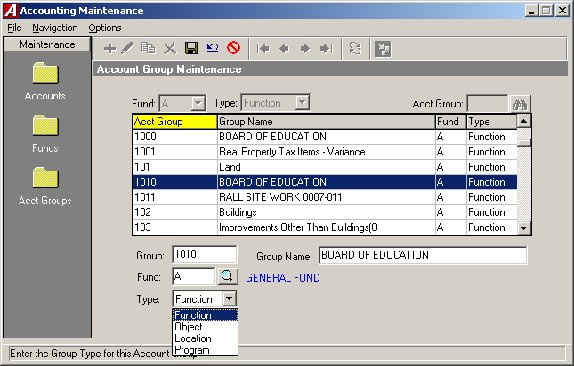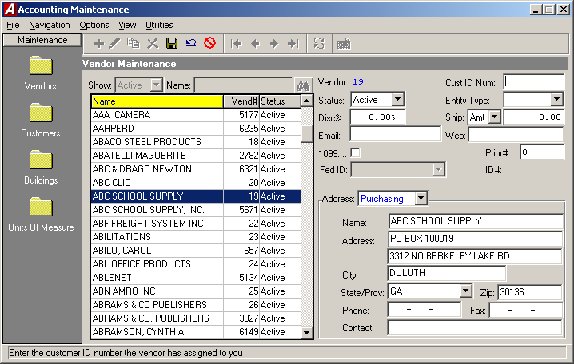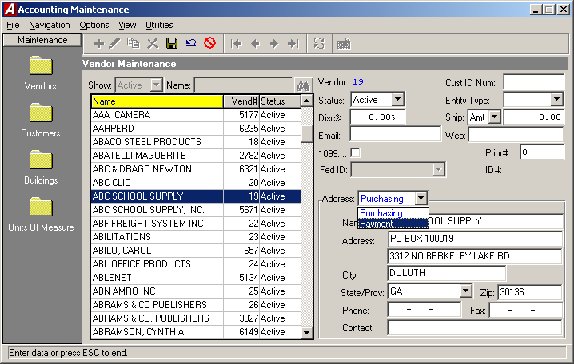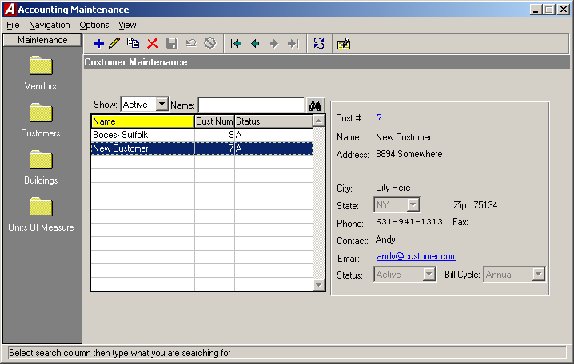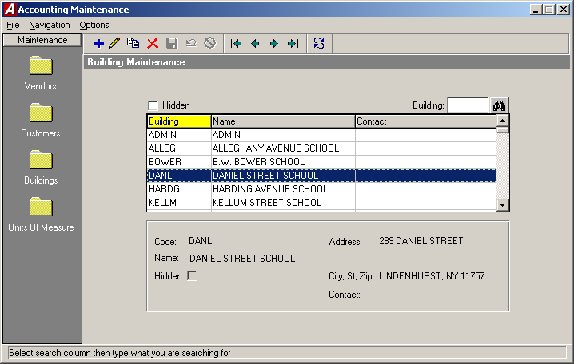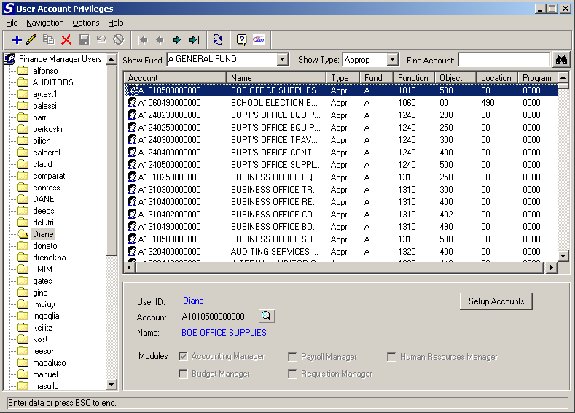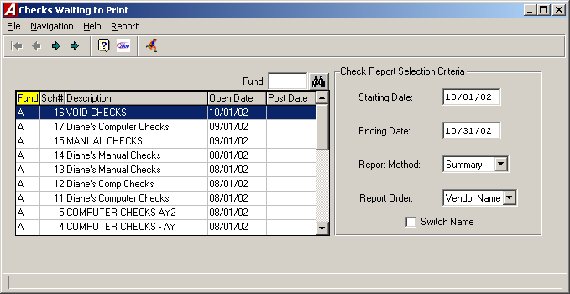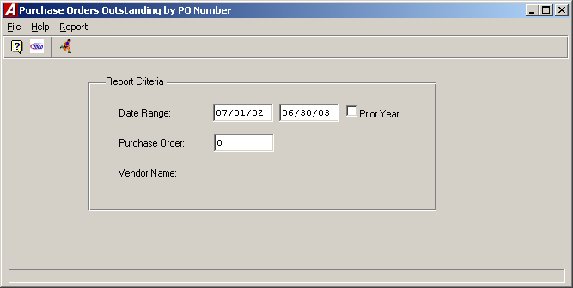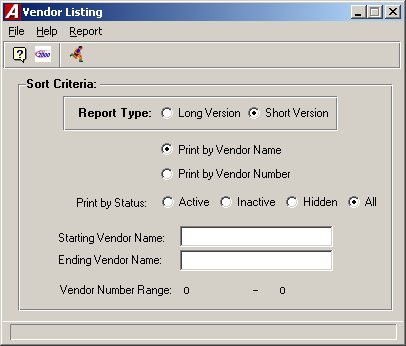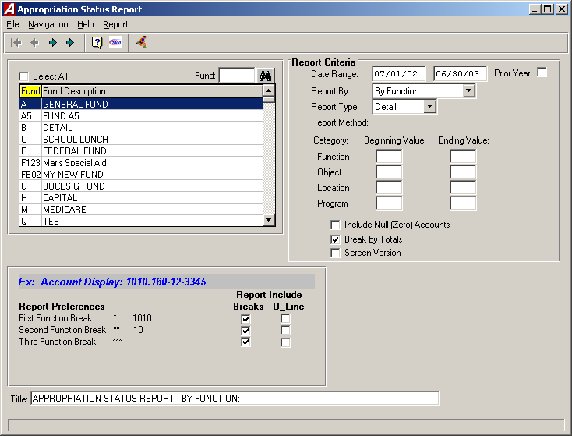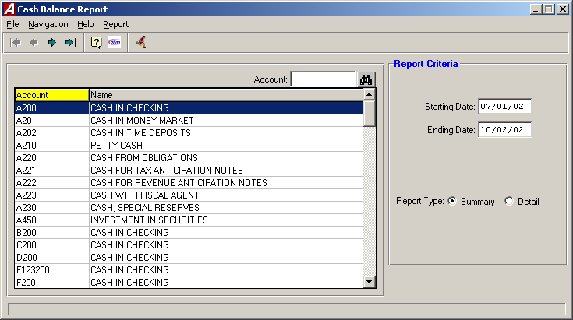
Finance Manager
45 Research Way, Suite 207
East Setauket, New York 11733
Telephone: (631) 941-1313
Fax: (631) 941-3690
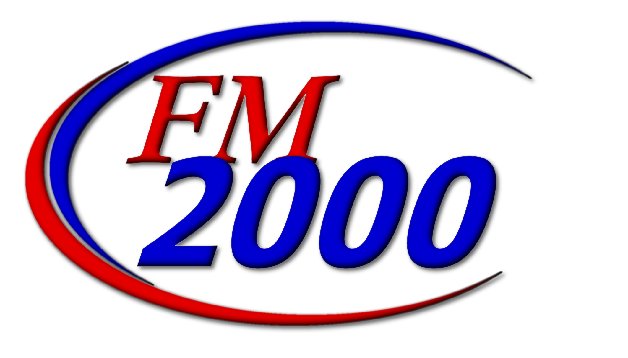
|
Finance Manager © Copyright 2002 by Finance Manager Published by Finance Manager All rights reserved Software Version 9.1d Documentation Revision 9.1d Reproduction or translation of any part of this work without the prior written permission of the copyright owner is unlawful. Requests for permission should be directed to Finance Manager, 45 Research Way, Suite 207, East Setauket, New York 11733. This publication is designed to provide accurate and authoritative information in regard to the subject matter covered. Finance Manger provides this document subject to specific contractual obligations and/or warranties only. OTHER EXPRESSED OR IMPLIED WARRANTIES OR MERCHANTABILITY AND FITNESS FOR A PARTICULAR PURPOSE ARE HEREBY EXCLUDED. Finance Manager may make improvements and/or changes in the document at any time without notice. |

|
Finance Manager 45 Research Way, Suite 207 East Setauket, New York 11733 Telephone: (631) 941-1313 Fax: (631) 941-3690 |

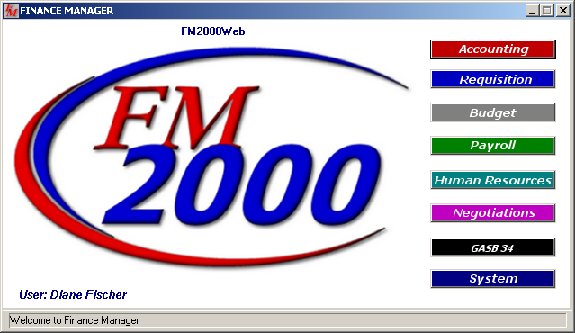

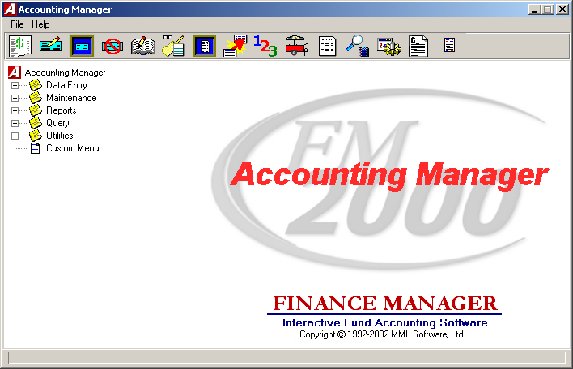
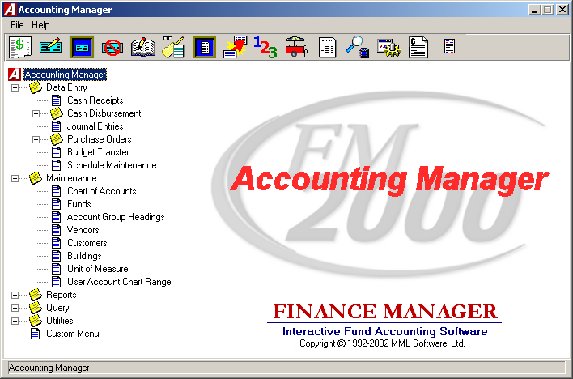
| Cash Receipts – Accessed through the button or from the Data Entry menu tree. | |
| Manual Checks – Accessed through the button or from the Data Entry menu tree under Cash Disbursements. | |
| Computer Checks - Accessed through the button or from the Data Entry menu tree under Cash Disbursements. | |
| Void Checks - Accessed through the button or from the Data Entry menu tree under Cash Disbursements. | |
| Journal Entry - Accessed through the button or from the Data Entry menu tree. | |
| Manual PO - Accessed through the button or from the Data Entry menu tree under Purchase Orders. | |
| Computer PO - Accessed through the button or from the Data Entry menu tree under Purchase Orders. | |
| Budget Transfer - Accessed through the button or from the Data Entry menu tree. | |
| Chart of Accounts Maintenance - Accessed through the button or from the Maintenance menu tree. | |
| Vendor Maintenance - Accessed through the button or from the Maintenance menu tree. | |
| Reports – Accessed through the button or from the Reports menu tree. | |
| Query – Accessed through the button or from the Query menu tree. | |
| Utilities – Accessed through the button or from the Utilities menu tree. | |
| Custom Reports - Accessed through the button or from the Reports menu tree. | |
| Presentation Quality Board Reports – Accessed through the button. |

| Navigation Panel Buttons | Function |
| First |
This option is used to highlight the first record in the browser. |
| Previous |
This option is used to highlight the previous record in the browser. For example, if there are five records in the browser and your cursor is highlighting the third record, select the Previous button to highlight the previous (second) record. |
| Next |
This option is used to highlight the next record in the browser. For example, if there are five records in the browser and your cursor is highlighting the third record, select the Next button to highlight the next (fourth) record. |
| Last |
This option is used to highlight the last record in the browser. |
| Maintenance Panel Buttons | Function |
| Add |
This option is used to add a new record. |
| Update |
This option is used to update an existing record. |
| Delete |
This option is used to delete an existing record. |
| Save |
This option is used to save information entered while adding or updating records. |
| Reset |
This option is used to reset the window back to the last saved version. |
| Cancel |
This option is used to cancel the Add or Update functions. |
